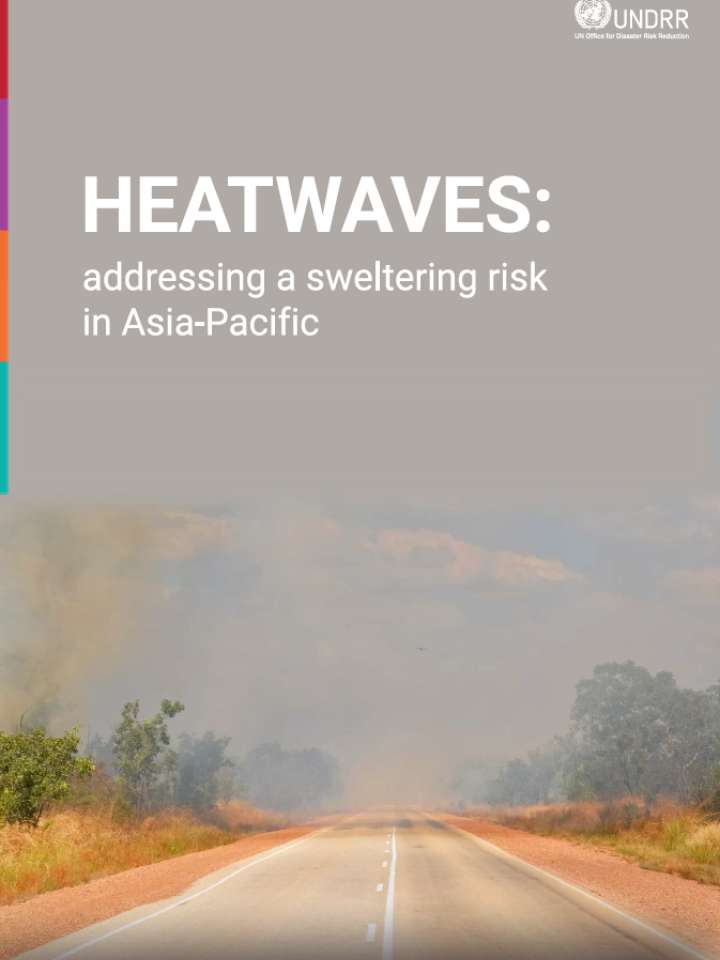Heatwaves: Addressing a sweltering risk in Asia-Pacific
The last decade was the warmest on record, and leading organisations on climate change indicate that warmer temperatures are not a potential threat but a surety. This report considers ways in which disaster risk reduction (DRR), climate change adaptation (CCA), and related scientific communities can rise to data challenges in order to provide policymakers with the evidence needed to set priorities and make decisions. Given the sizeable threat posed by extreme heat events, the report details the human impacts of heat waves, ranging from individual and community health to the built environment.
The purpose of this report is to:
- Explore the drivers of increased risk and socioeconomic impact of extreme heat.
- Identify and propose priority risk management policies for reducing vulnerability and human impact of extreme heat events.
This report aims to inform and help focus strategic directions for local governments, frontline agencies, and policy makers responsible for climate and disaster risk management, urban development, and health and social protection, with a focus on the Asia-Pacific region with further attention given to the urban poor. It reviews the current knowledge about human impact of heat waves. The discussion is enriched by the expertise and practice shared by key informants from a range of fields, including but not limited to public health, meteorology, medicine, and disaster risk management.
